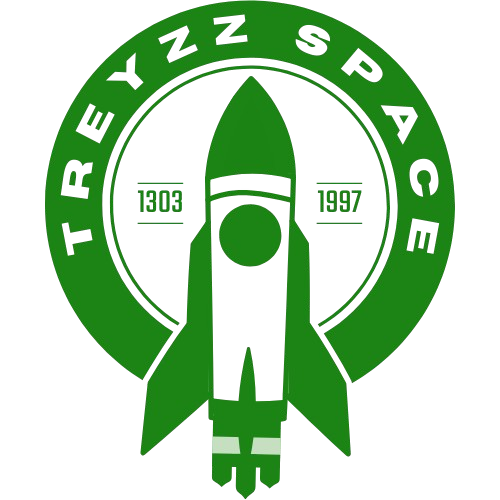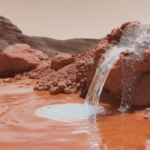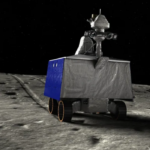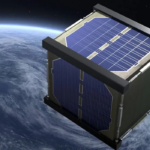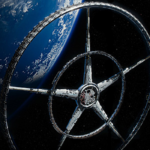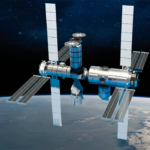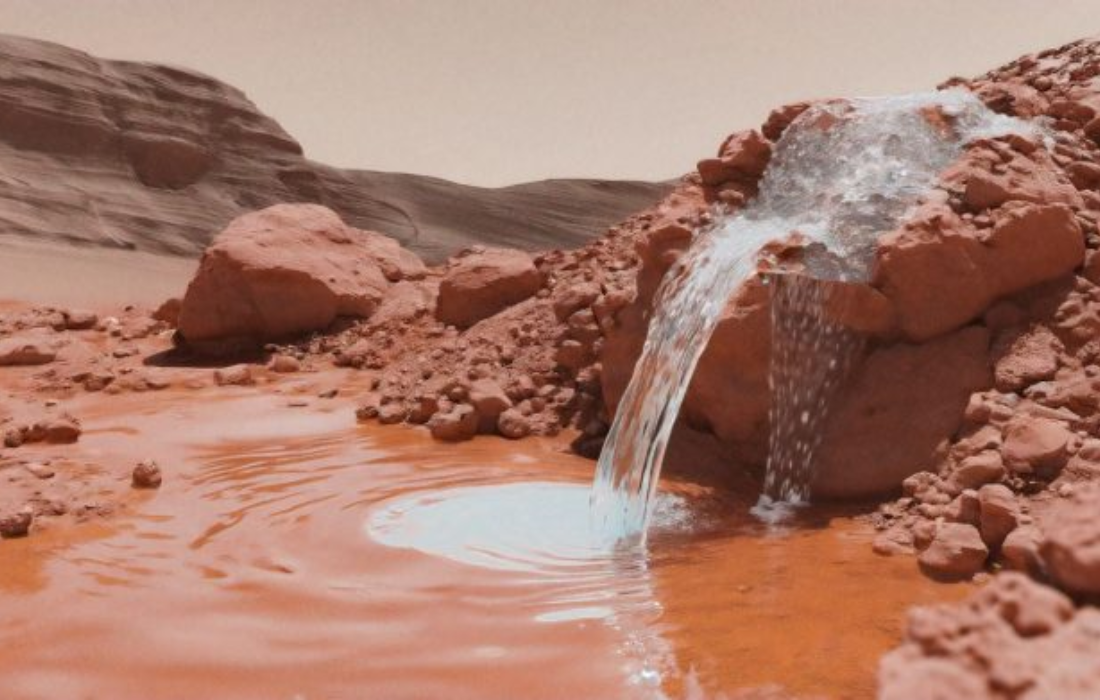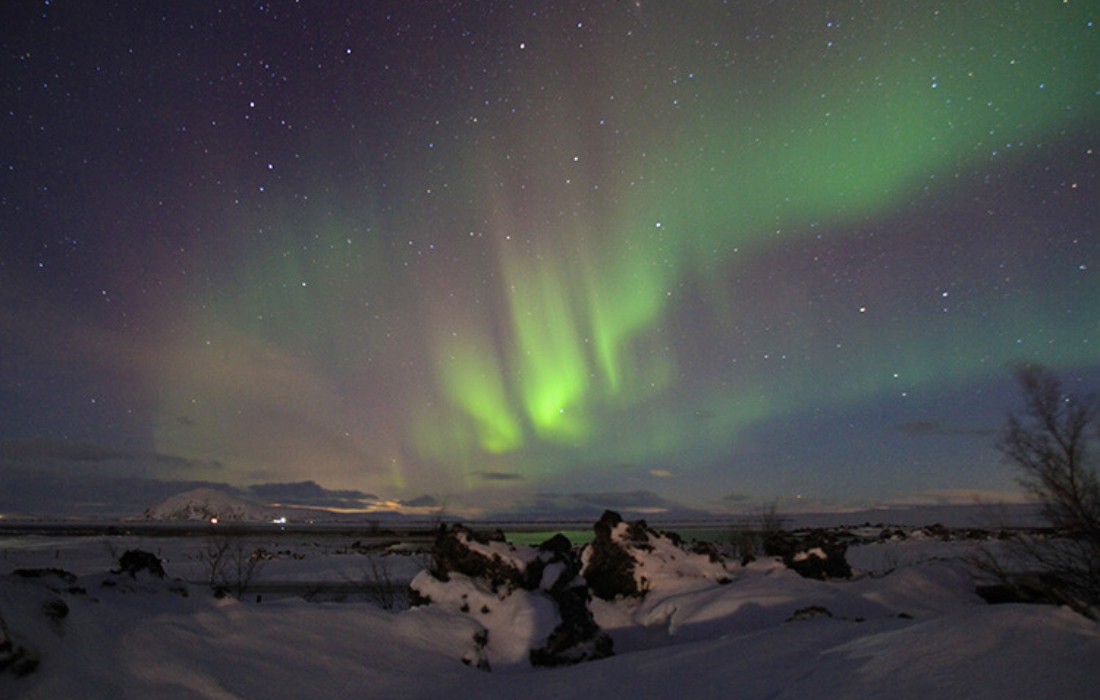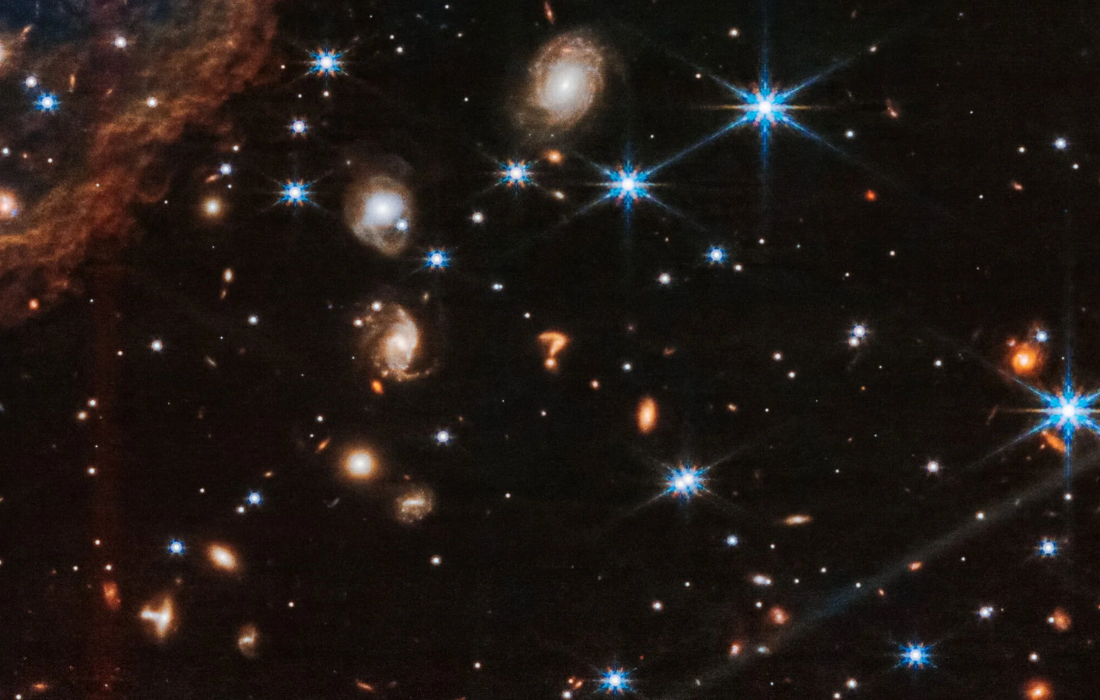In an exciting breakthrough, a team of researchers led by the University of Tokyo has developed a comprehensive dataset of Earth’s atmosphere that spans nearly two decades, offering new opportunities for studying regions that have long been difficult to access and understand. This dataset, created using a cutting-edge data-assimilation system called JAGUAR-DAS, covers multiple atmospheric layers—from the Earth’s surface up to the lower edges of space—offering a more complete and detailed view of the atmosphere.
The JAGUAR-DAS system combines numerical modeling with observational data to create a nearly 20-year-long set of data spanning from September 2004 to December 2023. This new dataset, known as the JAWARA (JAGUAR-DAS Whole Neutral Atmosphere Reanalysis), includes data from the “ignorosphere,” a previously under-studied region of the atmosphere between 50 km and 110 km above Earth’s surface. This area is notoriously difficult to study because it is too high for weather balloons and too low for satellites, creating a gap in data that has hindered atmospheric research.
The newly developed dataset opens the door to groundbreaking research on the interactions between different atmospheric layers. It is especially valuable for understanding the mesospheric and lower thermospheric layers of the atmosphere (50–110 km above Earth’s surface), which play a critical role in weather phenomena and space weather events. By investigating the circulation patterns and wave structures within these layers, scientists can improve climate models, enhance seasonal weather forecasting, and extend the lead time for predicting extreme weather events.
The JAWARA dataset is poised to offer valuable insights into the effects of space weather on Earth’s atmosphere, providing a better understanding of how solar activity impacts atmospheric conditions. Moreover, by making this dataset publicly available, the research team has set the stage for interdisciplinary collaboration between atmospheric scientists and space scientists. Together, they can explore the complex interplay between space and the atmosphere, shedding light on how cosmic forces influence our planet.
Professor Kaoru Sato, the project leader, highlighted the importance of the dataset, saying, “By better understanding the mesospheric and thermospheric layers, we can respond more effectively to climate change, improve seasonal forecasts, and deepen our understanding of space weather phenomena.”
The JAWARA dataset not only promises to advance climate science and weather forecasting but also holds significant potential for space weather studies. As scientists continue to explore the dynamic interactions between Earth’s atmosphere and space, this new tool could be a game-changer in unlocking the mysteries of our planet’s upper atmospheric layers.
